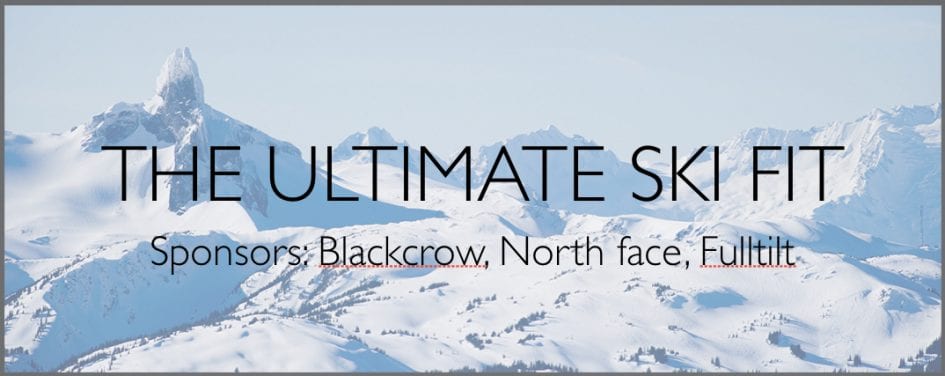It’s almost spring break! But before I head off I wanted to talk to you guys a bout one last thing and that’s the project we just completed in Scimathics class. We have been working a ton on these things called polynomials. I know, sounds complicated but it’s really not that bad. It’s basically just a fancy math world for several different terms (ex. 2x) split up by operations such as adding or subtracting. Here is an example of a polynomial.
THE PROJECT
Now with that knowledge we, in partners, were told to create a project of our choice that helped us learn more about polynomials and their laws and functions. My partner for this project was Jackson and we decided to base our project on skiing since it is both a passion of ours.
Our driving question was, “How much, altogether, does everyone’s ski gear in the class cost?” So the first thing we did was a survey:
We gathered that information and turned each item into a term. For example 12 helmets becomes 12h, 14 goggles becomes 14g, and 26 under layers becomes 26u. We found the average price of each item, multiplied that by the coefficient of the term, replacing the variable and than add those all together and there ya have it! All the ski gear in the class! This is what the equation looked like.
Now that is just the basis, we have a few different layers to our project such as the total of one ski outfit and the total of one ski outfit with but it’s time to move on to the Reflection!! But first, here is a mind map that shows (in black print) what I used to know and (in green print) what I knew after I completed the project.
REFLECTION AND THE CURRICULAR COMPETENCIES
These curricular competencies are ones placed on our rubric in which we were graded for this project:
. CONNECT MATHEMATICAL CONCEPTS TO EACH OTHER AND TO OTHER AREAS AND PERSONAL INTERESTS
I think this is something Jackson and I have done very well in this project. Instead of just putting a bunch of numbers and variables together into a polynomial, we personalized it and made our project more exciting for us to work on as well as for others in the class to watch. Jackson and I were brainstorming ideas for what our project could be about and think we were naturally drawn towards our passion for skiing. Choosing to base our project on something we are interested in makes work a lot more fun!
. MODEL MATHEMATICS IN CONTEXTUALIZED EXPERIENCES
This is something else I think my partner and I did well. If we explained what we knew about polynomials and like terms in just numbers and math language, it would have been confusing for people watching our presentation. So we transferred the complicated math language into something everyone would understand, a contextualized experience. I think because we chose skiing as our contextualized experience, people understood a project a lot more.
. VISUALIZE TO EXPLORE MATHEMATICAL CONCEPTS
I am very used to doing math on paper the same way all the time. It has definitely took some getting used to doing math in projects form. Keynote presentations, posterboards, and group projects have never been something that goes with math in my mind but it actually makes it a lot easier. When you can see everything displayed on an organized platform rather than all jumbled up on a piece of notebook paper, it makes a lot more sense, especially in the case of polynomials. Here is a slide form our presentation:
. REPRESENT MATHEMATICAL IDEAS IN CONCRETE, PICTORIAL AND SYMBOLIC FORMS
This one relates tot eh last one I talked about. It is still something I have to work on though. It is very hard to imagine numbers and math equations as something they aren’t and I think we did pretty well on that during this project. We showed math equations and terms which was the concrete part of our project, we showed images of different ski gear to help explain, and we created a chart with symbols in it.
This project has taught me a lot about how math and passions can come together to create something awesome and fun, but at the same time, teaches you about math. Connecting our project to skiing helped me understand so much about polynomials and I am so glad that I got to be a part of this project.











Leave a Reply